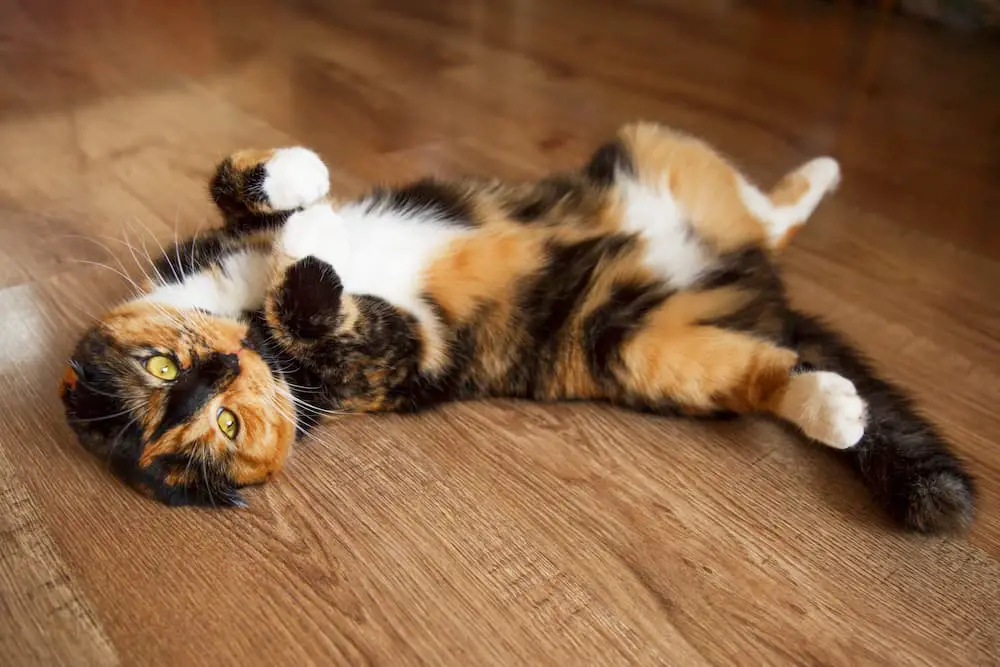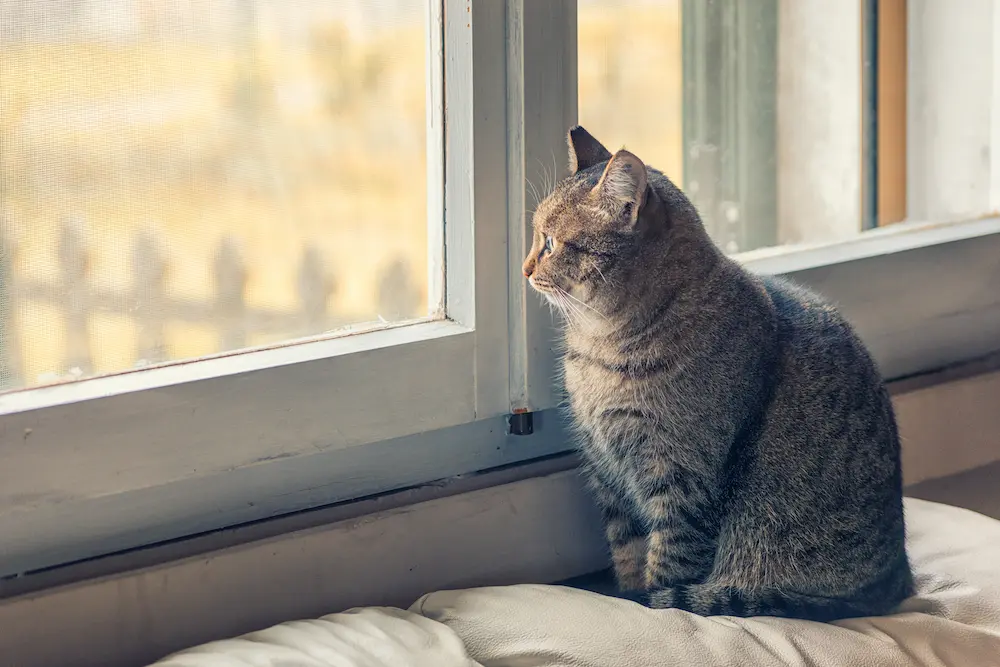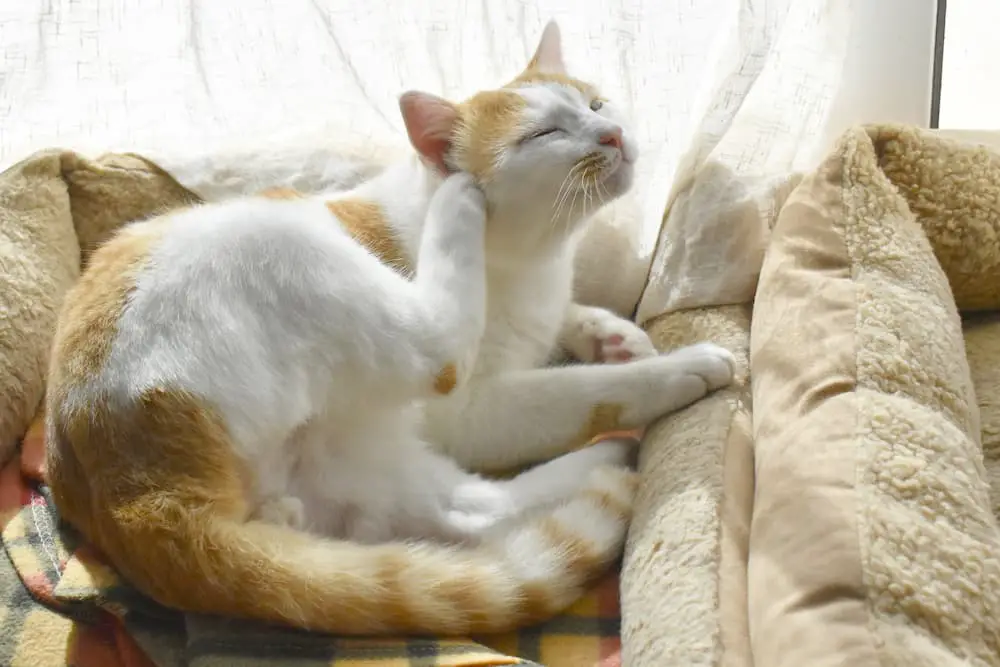We share our homes with them, we know where they like to be scratched (and where to avoid!), we know what they like to eat, and what toys they’d like to play with. But, as much as we know about our feline friends, there are a few things you may not know!
1. They can’t taste sweets.
Because cats are exclusively meat-eaters, they do not have the ability to digest sugars, nor do they even have the ability to taste them! We know what you’re thinking, “But my cat loves to eat whipped cream!” ..or ice cream, or any other sweet thing, but the truth is, your is probably attracted to the smell, or the fat, or simply the texture of that sweet thing. All cats lack the genetic taste receptors (the scientific name “Tas1r2”) to taste sweetness. Besides, sweets aren’t good for them anyway. Stick with cat treats instead!
2. They can run 30 miles an hour!
This might not seem very fast until you consider that human athletes can run up to 22 miles an hour, and most of us are much slower than that! An average housecat – without any training – can run 30 miles an hour. Here’s the thing, though, they tend to only run that fast if they have to – to catch prey or escape a threat. Their speed comes in short bursts. If you’d like to get your cat running, safely, indoors, you could get him a cat exercise wheel!
3. The same guy who discovered gravity invented the cat door.
While this hasn’t actually been proven, the invention of the cat flap or cat door is attributed to Sir Isaac Newton! Of course, cat doors have gotten a lot more advanced than they were back in the 1700’s, when they were simply a hole in the wall. You can find electronic cat doors now that can be programmed, or will only open for a specific cat by reading his microchip! While you may not need a cat door because your kitty is inside only, many people put them on the door to the garage, so that the smelly litter box can be kept out of the house.
4. Cats sweat through their paws.
Believe it or not, cats do have sweat glands. But, since they are covered in fur, sweat doesn’t cool them as efficiently as it does for humans. A cat’s paw pads have the most sweat glands. In fact, on a really hot day you might even see your cat leave little wet paw prints behind when he walks. That said, cats cool themselves mostly by staying out of the heat in the first place, spreading out on a cool surface (like a tile floor), and licking their fur to spread saliva that will evaporate and cool them. While dogs will often pant to cool off, this is not common in cats and, if you see your cat panting due to heat, you should get her cooled off immediately.
If you live in an especially hot climate, make sure your cat always has a shelter and fresh water if he goes outdoors, and a cool place to lay when he’s indoors.
5. They are born with blue eyes.
Some cats, like Siamese, naturally have blue eyes. Most, though, have green, or gold eyes. But – they all start out blue! Kittens aren’t born with the pigmentation that gives them their eye color – it develops and changes as the kitten grows. By the time your cat is 3 months old she will have her permanent eye color.
Whatever the color, to care for those beautiful cat eyes, use eye cleaner or saline to gently wipe them clean. Be extremely cautious when trimming the fur around your cat’s eyes. And, stay up to date on vaccinations, to help prevent eye problems from developing.
Did any of these surprise you? Tell us!
The Catington Post is reader-supported. That means, if you make a purchase through links on our site, we may earn an affiliate commission. All images and names which are not the property of The Catington Post are the property of their respective owners.






